





Living on Reunion island, I am only one hour away by plane of what we call here ?the big island? or the ?the red island?; the Republic of Madagascar. It is quite big, with its 587000 square km compared to our 2511 square km?and has a lot to offer for nature?s lovers.
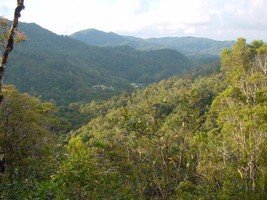 I recently had the opportunity to go there with two scientists, one being a herpetologist (batrachians and reptiles specialist) and the other an environmentalist who were to visit two natural parks. So we first flew to Antananarivo, the capital, situated in the central highlands. We then rented a car and drove to Periney-Andasibe, which is only 150km east, on the way to Tamatave, a quite good road. The Periney-Andasibe reserve consists in remaining of rain forest where the ‘indry' lemuroids can be found. The reserve also hosts several artificial ponds which were set up for fish raising and actually attract many batrachians amongst which the amazing dwarf frogs Mantela and Heterixalus which are about two to three cm long. Heterixalus punctatus is white with black spots while Mantela displays green arms, black body and orange stripped with black legs. Some other weird creatures are the Uroplatus which are related to lizards but are much slower and lack eyelids, so they have every once in a while to stick out the tongue and lick the eyes to moist them. Those animals have an amazing camouflage system and can be quite difficult to spot as they look just like a piece of lichen. As for camouflage the numerous species of chameleons are champions at this game, some being no more than a few cm long. Of course, besides animals the forest itself is a real treat for plants enthusiasts, with incredible tree ferns, palm trees, giant lianas growing all the way up to the canopy, and many orchids, both terrestrial and epiphytic.
I recently had the opportunity to go there with two scientists, one being a herpetologist (batrachians and reptiles specialist) and the other an environmentalist who were to visit two natural parks. So we first flew to Antananarivo, the capital, situated in the central highlands. We then rented a car and drove to Periney-Andasibe, which is only 150km east, on the way to Tamatave, a quite good road. The Periney-Andasibe reserve consists in remaining of rain forest where the ‘indry' lemuroids can be found. The reserve also hosts several artificial ponds which were set up for fish raising and actually attract many batrachians amongst which the amazing dwarf frogs Mantela and Heterixalus which are about two to three cm long. Heterixalus punctatus is white with black spots while Mantela displays green arms, black body and orange stripped with black legs. Some other weird creatures are the Uroplatus which are related to lizards but are much slower and lack eyelids, so they have every once in a while to stick out the tongue and lick the eyes to moist them. Those animals have an amazing camouflage system and can be quite difficult to spot as they look just like a piece of lichen. As for camouflage the numerous species of chameleons are champions at this game, some being no more than a few cm long. Of course, besides animals the forest itself is a real treat for plants enthusiasts, with incredible tree ferns, palm trees, giant lianas growing all the way up to the canopy, and many orchids, both terrestrial and epiphytic. 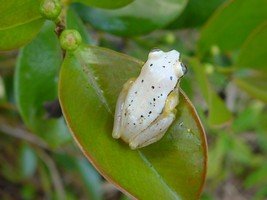
After three days roaming through this forest we drove back to Antananarivo and then down south towards Ranomafane, which lays some 460km away. The last 40km consist in a terrible dirt road with holes the size of a car, either dusty if it is dry season or muddy if it is rain season, and four to five hours drive will be necessary. The passengers can take advantage of the slow motion to spot chameleons or boa snakes crossing the road. Ranomafane (which means ‘hot water' as there are hot springs there) is a small village in the middle of the rain forest, the reserve itself is 40000 hectares large and is host to Microcebus murinus, a dwarf nocturnal lemur which can be spotted at night provided you have a strong flashlight. As in Periney, many frogs, lizards (like the colourful Phelsuma) can be seen, as well as birds, numerous butterflies and snakes. The plants world is again very rich and we spotted a few unknown species.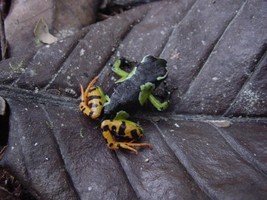 As in every nature reserve in Madagascar you have to pay an entrance fee of 50000 Malagasy francs (about 9 US$) for three days. Then it is compulsory to take a guide for the hikes, the price depending on whether the guide is a beginner, semi professional or fully professional. Those guides have a training given by the ANVAR, a state organism that is responsible for all nature reserves. Some of those guides will only be able to distinguish a fern from an orchid but some are very good, mainly those who worked on the field with foreign scientists and gained good knowledge. The main problem is malaria and those rain forests of course tend to be quite mosquitoes-friendly so anti-malaria drugs are necessary. Another annoyance comes from the numerous ground leeches, which are of the small kind but will crawl up your legs as soon as you stop, paraffin liberally sprayed on the shoes and socks will prevent most of the problem. Now, this area has basically two seasons, the dry one and the wet one. Although it may rain during the dry season, it will rain heavily during the rain season and of course mosquitoes and leeches will be much more numerous, but so will be all kind of frogs and birds. Dry season is between May and October while rain season is between December and April.
As in every nature reserve in Madagascar you have to pay an entrance fee of 50000 Malagasy francs (about 9 US$) for three days. Then it is compulsory to take a guide for the hikes, the price depending on whether the guide is a beginner, semi professional or fully professional. Those guides have a training given by the ANVAR, a state organism that is responsible for all nature reserves. Some of those guides will only be able to distinguish a fern from an orchid but some are very good, mainly those who worked on the field with foreign scientists and gained good knowledge. The main problem is malaria and those rain forests of course tend to be quite mosquitoes-friendly so anti-malaria drugs are necessary. Another annoyance comes from the numerous ground leeches, which are of the small kind but will crawl up your legs as soon as you stop, paraffin liberally sprayed on the shoes and socks will prevent most of the problem. Now, this area has basically two seasons, the dry one and the wet one. Although it may rain during the dry season, it will rain heavily during the rain season and of course mosquitoes and leeches will be much more numerous, but so will be all kind of frogs and birds. Dry season is between May and October while rain season is between December and April. 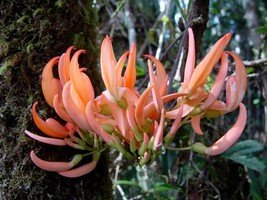
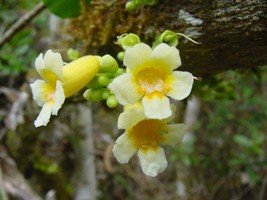
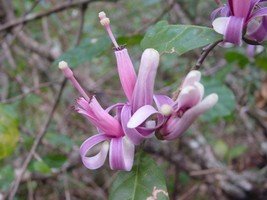
Last be not least, Mada (as we lazy tropical folks usually call it) being a former French colony, French is spoken through the country, which helps as Malagasy language is in no way the sort you can guess (it has got African and Indonesian background). Very few people would speak English as tourism is not very developed.
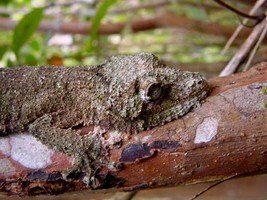
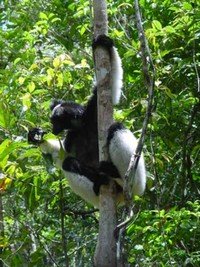
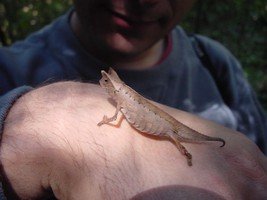
Copyright © www.100flowers.win Botanic Garden All Rights Reserved